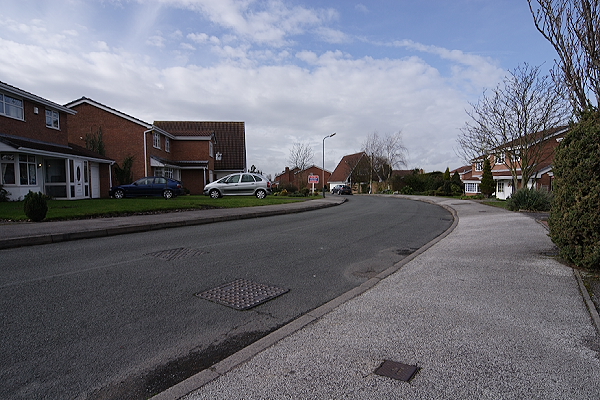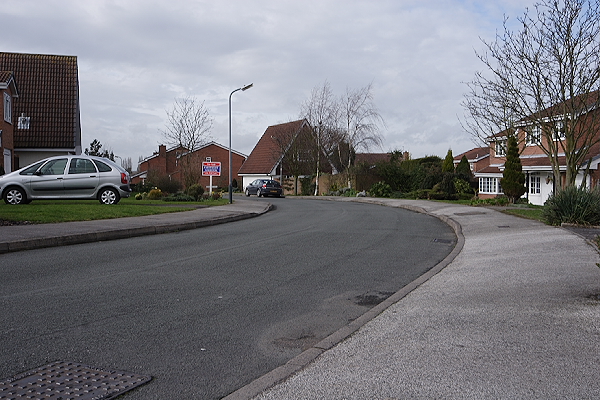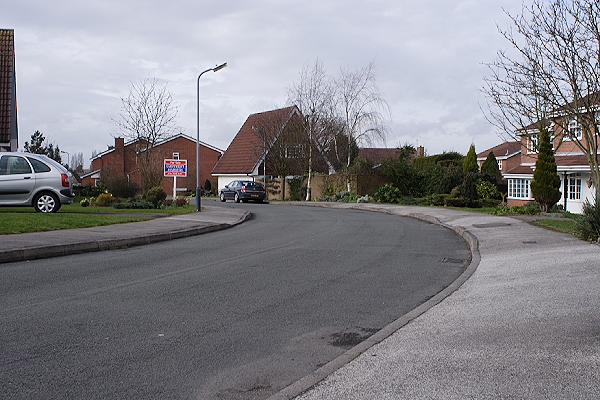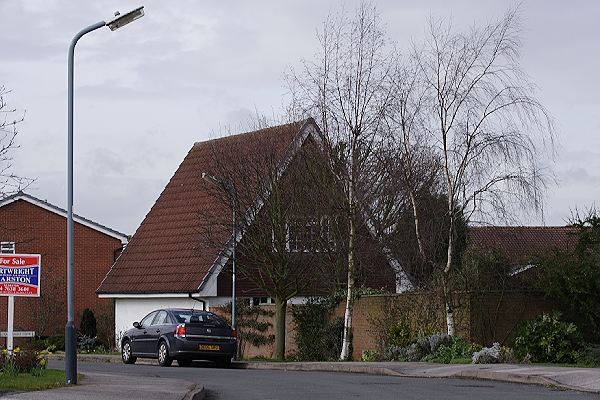Lenses and Focal Length
The focal length of a lens tells is a measure of how much it magnifies things, and controls how much of a scene you can fit into the frame. Lenses generally fall into three groups:
-
wide-angle - these make things appear to be further away than when you look with the naked eye. This can be useful when taking pictures in towns and cities because you can't always stand far enough away from the subject of your photo because there's another building in the way! It can also be useful if you want to fit more into the frame - e.g. a group of people or a whole street. However, if you're not careful, wide-angle lenses can distort things, making square or rectangular objects look like trapeziums.
-
standard - when viewed through a standard lens, objects look about as far away as they do when looked at with the naked eye. It's easy to get a good-quality standard lens for a reasonable price, and they are often used for portraits as they don't distort the image.
-
telephoto - a telephoto lens makes the subject look like it's closer to the camera. This can be useful if you can't get close enough to your subject because there's something in the way, like a river or a busy road. You need to be careful with a telephoto lens because it's difficult to hold the camera still enough to avoid camera-shake (and blurred photos), and the depth of field will be shallower.
If you can adjust the focal length of your lens it is called a zoom lens - when you "zoom-in" you are increasing the focal length. If the focal length is fixed then photographers call that a prime lens. Most compact cameras have a zoom lens because it's more convenient to have a range of focal lengths without having to carry around several different lenses and to keep changing them. Serious professional photographers tend to use prime lenses because they can be of higher quality.
Examples
Look at the pictures taken below with lenses of focal lengths varying from 12mm (very wide-angle) to 200mm (telephoto). I was standing in the same spot for each of the pictures, and they were taken within a few seconds of each other - although the sun went in after I took the first one. Concentrate on the car that's parked in the road (to the right of the For Sale sign) - you can barely even see it at 12mm, but you can clearly read the number plate at 200mm. Notice also that the house on the left of the first photo looks slightly stretched - this is the distortion I mentioned above when talking about wide-angle lenses.
 12mm
12mm - very wide-angle (you can just about make out a car parked down the road)
 24mm
24mm 28mm
28mm - a standard wide-angle lens for a 35mm or full-frame digital SLR
 50mm
50mm - the "standard" lens for a 35mm or full-frame digital SLR camera
 70mm
70mm - slight telephoto
 200mm
200mm - zoomed in; it's an 06-reg Vauxhall Vectra!